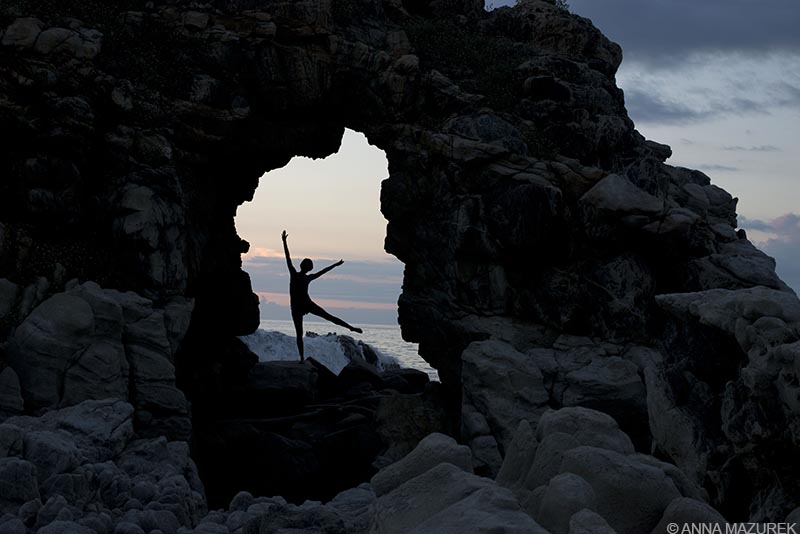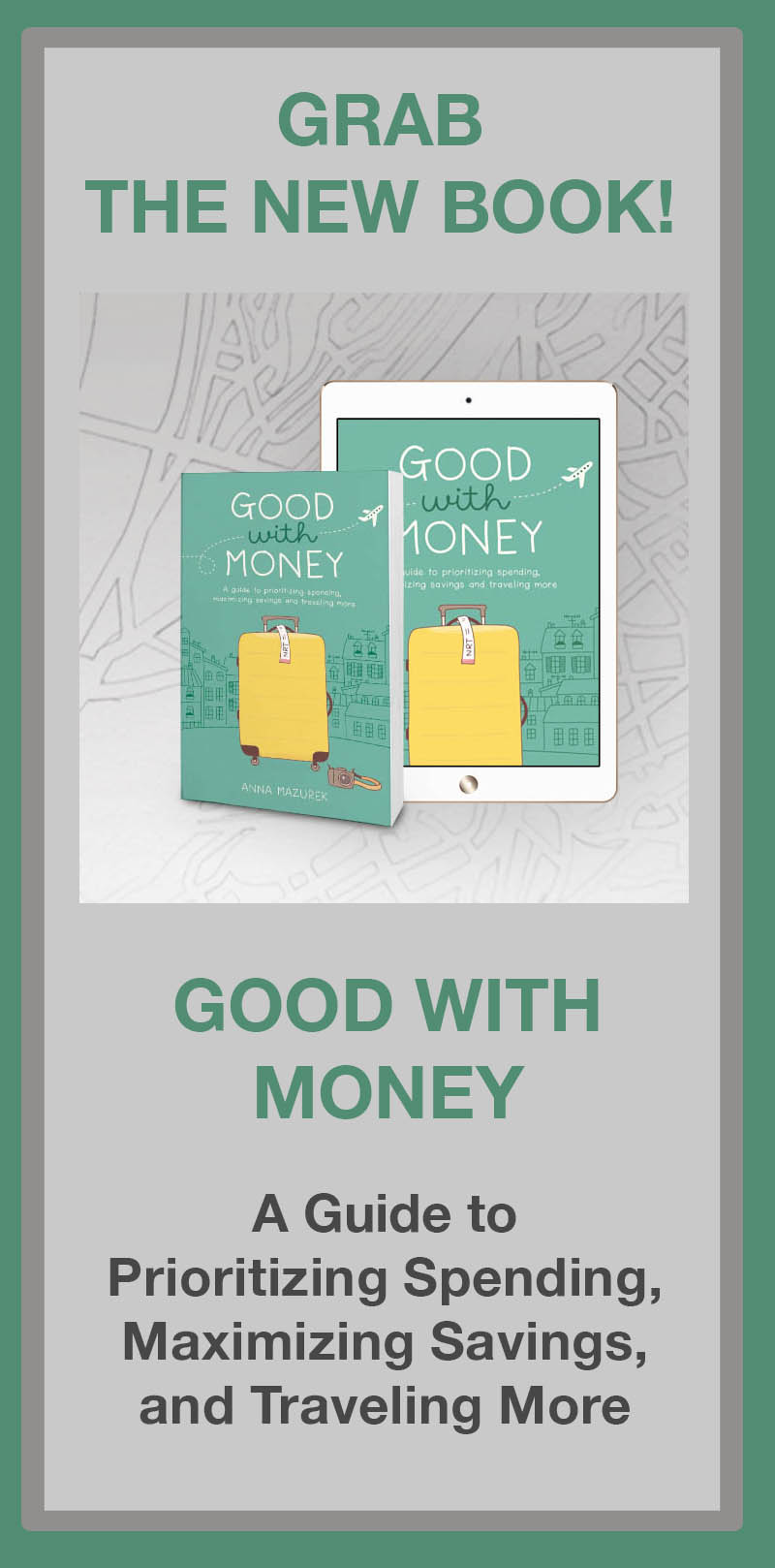I quit my first “real” job as a graphic designer at a newspaper to move to Australia on a one-year work visa. One of the middle-aged copyeditors at the paper was baffled, “How are you going to live?,” he asked. “Do you have a trust fund?”
I shook my head and replied, “No. I saved and plan to work while I’m gone.”
Traveling is easier than you think and is probably cheaper than where you live now. The biggest myth about traveling is that it’s expensive. I am starting a series about Travel Funding including how to save for a trip and ways to cut costs on top expenses. My tips are geared toward long-term travel but can also be used to extend your funds for any trip! In life, you either have time or money. In this series, I focus on money. You can find my post on finding the time to travel here.

Zicatela Beach, Mexico
HOW MUCH DO I SAVE?
For me, I try to live on $1,000 USD/month no matter where I am. That’s roughly $30/day. This is a fairly common budget for many backpackers I’ve met in Asia and Latin America. I like to have at least $10,000 before any trip, despite the length. I started with $15,000 (and no debt) for my current Central/South America trip.
Top Five Factors to Consider when Saving for Travel
1. Research Your Destination
Where are you going? Asia, aside from Japan and Singapore, is the cheapest part of the world. Central and South America, except Brazil, are fairly cheap compared to the U.S. Western Europe is one of the most expensive for Americans. And, Australia isn’t cheap either.
Guidebooks give you a rough idea of prices. Go to the library/bookstore and look through a few current guidebooks. Lonely Planet lists a daily cost breakdown at the beginning of each book for various budget ranges. Flip through to get an idea of the cost of transport, accommodation and food. This is the best starting point.
2. Be Aware of High/Low Seasons
Costs can triple during holidays and high seasons. Be aware that holidays at your destination might differ from your home country. Prices can spike but also some businesses close. Transport might be pricier and more difficult to find in low seasons. Keep in mind that low seasons can mean colder or rainier weather. Shoulder seasons are sometimes best. It’s easier to negotiate prices in low season for accommodation but easier to find ride shares for transport in high season. Do a little research.
3. Bucket List Activities
If you want to get PADI certified to scuba dive or climb Kilimanjaro, know the basic cost. This is most likely going to be your main expense so get an idea of costs to make it easier to save accordingly.
4. Talk to Other Travelers
Remember your co-worker’s cousin that teaches English in Thailand? Get his email and ask him about the cost of living. Look at online forums for travel advice. Couchsurfing.com is a great resource for meet-ups events and other ways to meet experienced travelers in your neighborhood. I went to Spanish meet-ups in Austin before I left for this trip and meet tons of cool people with great travel budget tips.
5. Cushion Fund
At some point, you might decide to go home. What is your plan? Do you have a job lined up? Are you going to crash with a friend or family? Where are you going to live?Don’t worry – you don’t need a plan, just a cushion fund to cover a couple months of living expenses when you return. For me, I feel safe with $5,000-$2,000. If you have a job lined up, then you can get by on less.What’s your target savings goal?


